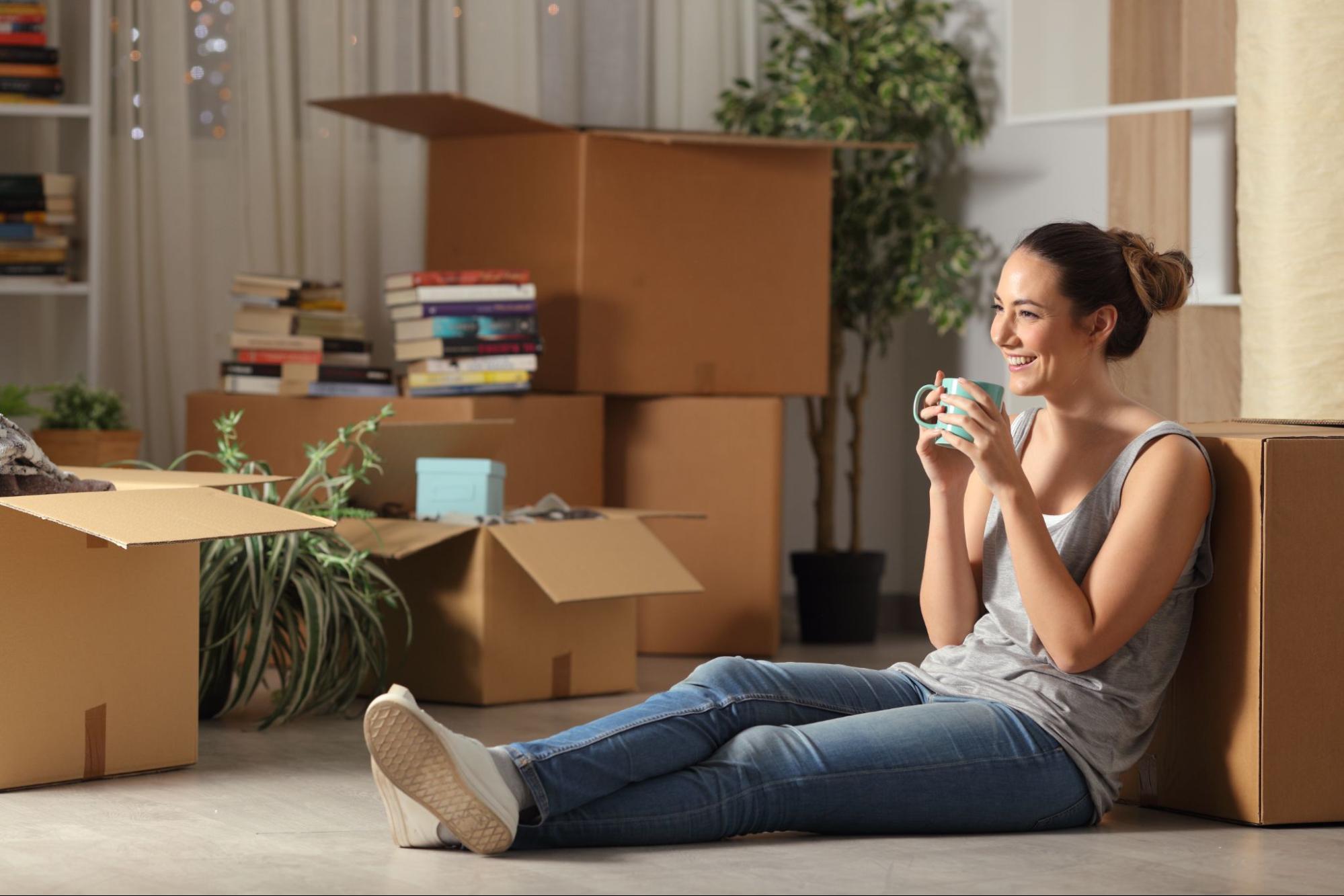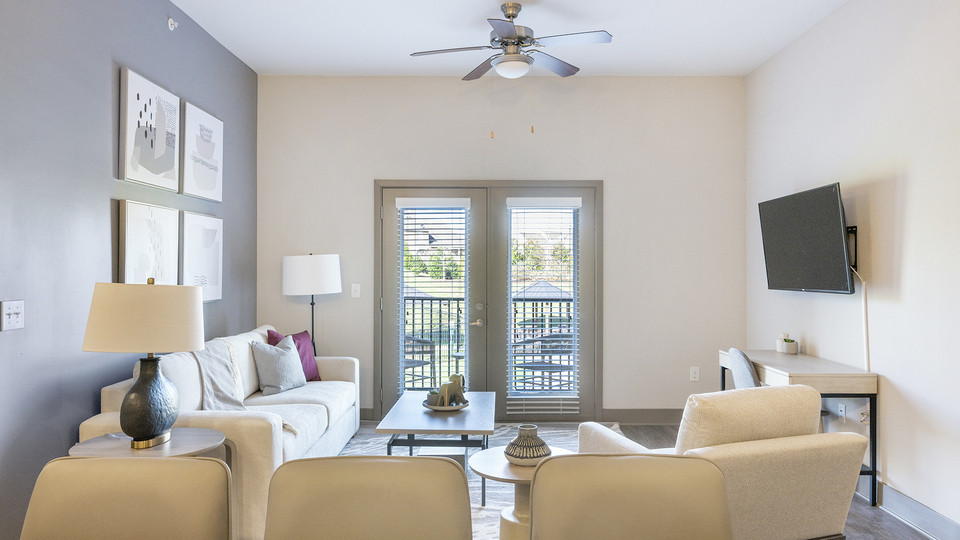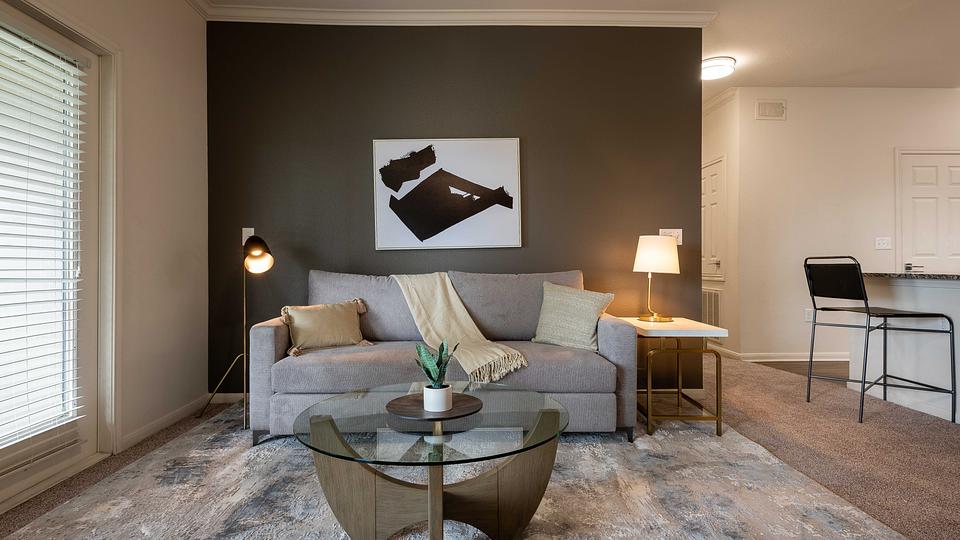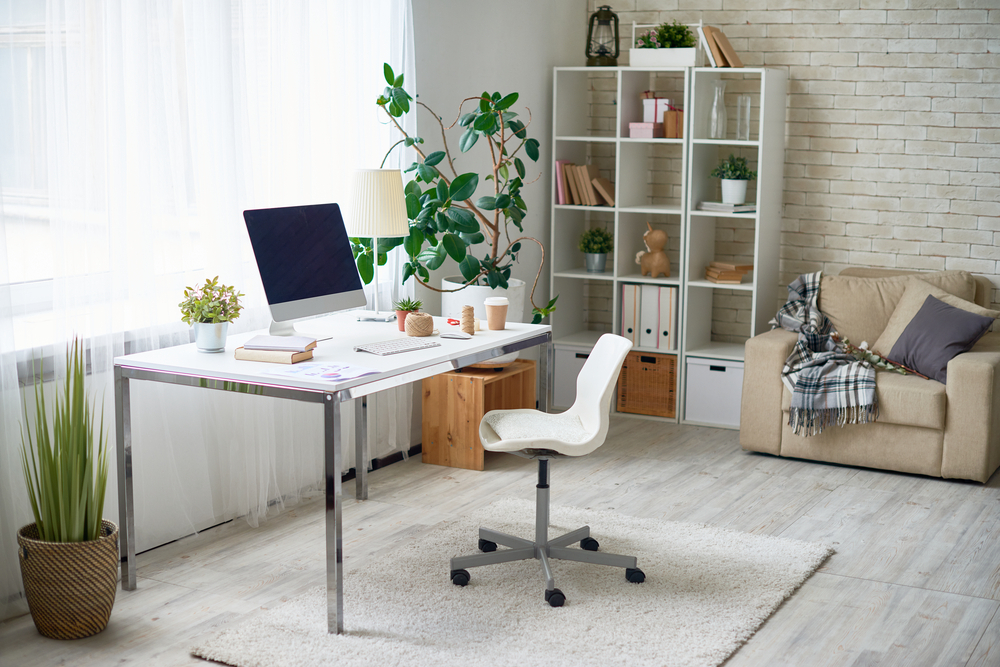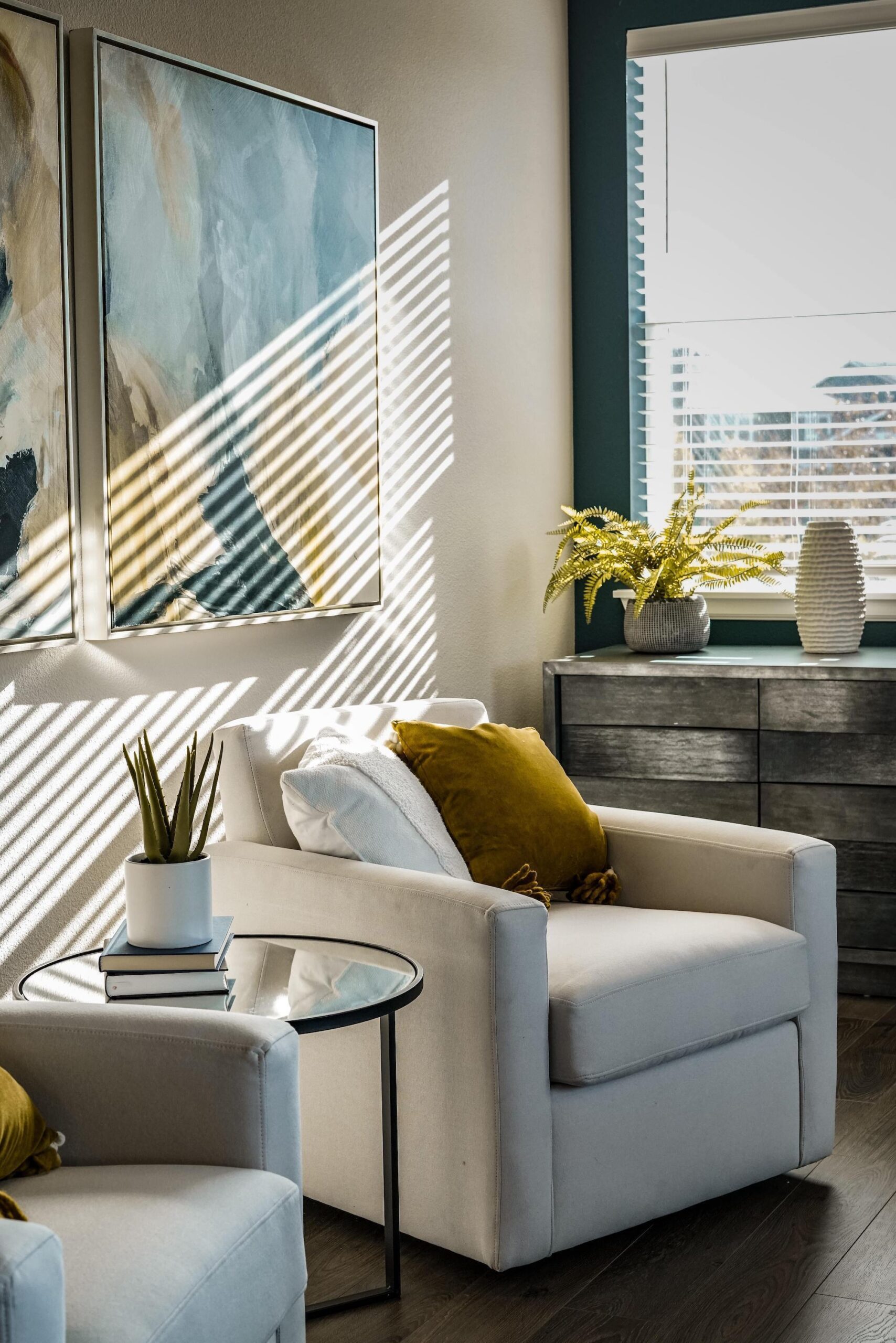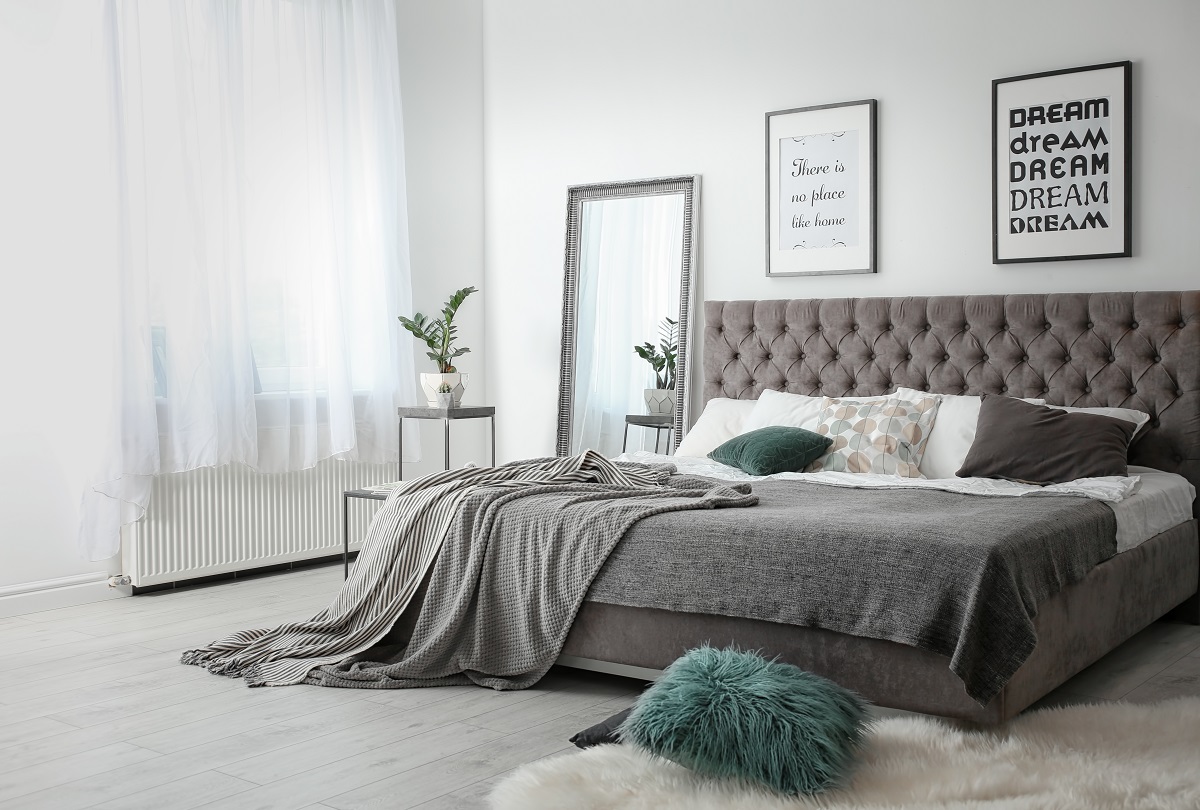
What Is a Loft Apartment?
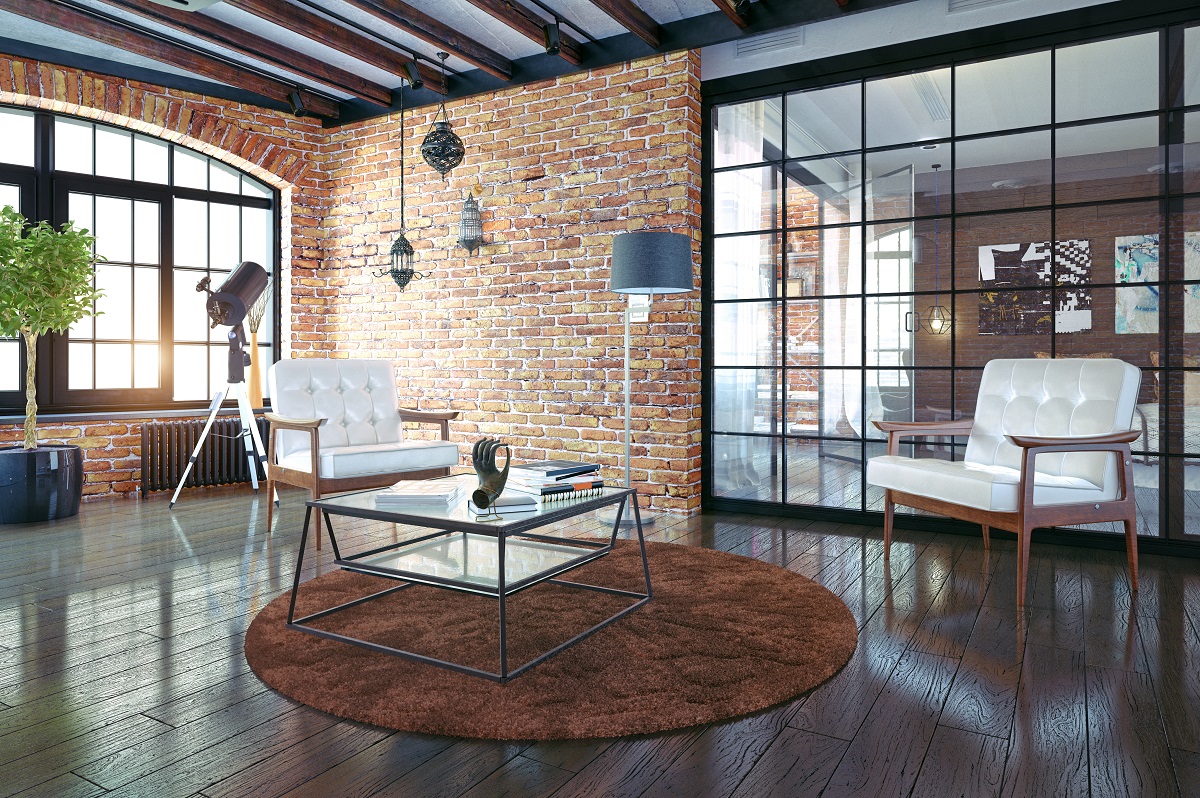
Ah, the loft lifestyle: waking up from your sleeping lair, firing up your stovetop espresso maker, and taking your first sips of coffee as you bask in the morning light flooding through your large windows.
Sound nice? Lofts are one of the hottest styles of apartments on the market, and while they’re certainly easy on the eyes, they do come with some unique considerations you should be aware of when it comes to actually living there.
To that end, this guide will explore:
- A brief history of loft apartments
- What makes a loft apartment
- When to say “yes!” to loft apartments
- When to say “no!” to loft apartments
Let’s get started!
A brief history of loft apartments
So, what is a loft apartment? Loft apartments didn’t emerge until long after industrialization, when old warehouses and manufacturing buildings were converted (sometimes illegally) into apartment-sized residential spaces. In the mid-20th century, many artists and beatniks in cities like New York favored lofts for their affordability as living and working spaces.
Hello world lorem ipsum
By the cusp of the 21st century, lofts had acquired a countercultural, hip sensibility, leading many buildings to be converted and making them highly sought-after to rent or buy. Today, the real estate industry recognizes two main types of loft apartments:
- Hard loft: Hard lofts, or traditional lofts, are true conversion projects. They sit in old factories, warehouses, and manufacturing or other commercial buildings that still retain hallmark features of their original purpose. In hard lofts, you’ll find details like exposed beams, brick walls, pipes, ductwork, and electrical wiring.
- Soft loft: Soft loft apartments are much newer residential developments that emulate the aesthetic of hard lofts with spacious, open floor plans. What they lack in authenticity, they make up for in utility. They usually include modern finishings and storage and appliances such as washers and dryers, which can make them easier to live in.
Loft apartments have historically been associated with large urban areas like New York City and Chicago. In recent years, however, many smaller cities are hastening to convert old mills and industrial buildings for residential use to attract a fresh milieu of young professionals seeking this desirable style of apartment at a more affordable price tag.
What makes a loft apartment?
Lofts can be recognized by a few key design characteristics:
- Minimal rooms: Most loft floor plans integrate living, dining, and kitchen spaces, with bathrooms usually being the only room in loft apartments shut off by a door. Many loft apartments have one or two lofted platforms within the space of the apartment to use as a sleeping space, which are accessible by stairs or ladders.
- High ceilings: True to their name, loft apartments have high, lofted ceilings, usually with floor-to-ceiling windows. On average, these windows are at least double the height of your traditional studio apartment (around nine feet), which means your living space will get a lot of natural light.
- High story: More often than not, lofts sit at the top floor or on the highest few floors of a building.
While there’s an indisputable “cool factor” to the modern feel and adaptability of a loft space, practically speaking, this type of open-concept layout may not be ideal for everyone. In the next sections, this guide will detail some considerations you’ll want to think about before deciding whether loft apartment living is right for you.
When to say “yes!” to loft apartments
There are some enviable perks that come with renting this style of apartment, so if you resonate with the following criteria, you may love living the loft life.
1. You love interior design and open space
The spacious setup of a loft-style apartment is a great match for those who are fulfilled by meaty, creative home design projects. Lofts’ broad, unfettered expanses are a blank canvas for whatever domestic aesthetic you’re trying to cultivate—particularly for decor styles with a contemporary bent.
There is no shortage of ways to get creative with your living space decor. Some inventive ideas include:
- Hanging a statement, oversized art piece
- Creating a home aquarium
- Installing a swing or hanging seating
- Making use of the high ceilings and excess vitamin D by creating a botanical menagerie or installing a tree
While the lack of walls may make for a design challenge, many loft tenants make use of collapsible partitions, furniture, or art pieces to add dimension to open space and divvy up their converted loft space into living areas and bedrooms.
2. Noise isn’t an issue for you
Loft apartments are as freewheeling acoustically as they are spatially. Without walls, insulation, and carpeting, sound can carry easily across the apartment—and through the tall windows, if you live in an area that’s big on nightlife.
Furthermore, hard lofts are often a grade noisier than soft lofts. Because your next-door or upstairs neighbors probably also have lofts, you may also have to contend with noise coming from surrounding apartments in your loft building. That said, if you plan on living solo or with a partner (or noise doesn’t bother you at all), you may love a loft’s echoing acoustics.
3. You love natural light
Natural light is a hot commodity on the real estate market, particularly in tightly packed, “sardine-style” urban environments. Few types of apartments rival lofts in their share of natural light, which not only minimize your need for artificial lighting but make lofts a great place for plant-lovers to cultivate an urban greenhouse.
4. You plan to work from home
Lofts lend themselves especially well to those who work remotely, whether full or part-time. You’ll be able to clock your hours in a spacious live-work room rather than spending hours hunched over your laptop in a cramped office cubicle.
Furthermore, lofts can double as studios for those involved in a creative field that involves equipment like the fine arts, music, or podcasting, which can save you some extra money spent on a studio space away from home.
5. You don’t have children
On the whole, lofts are apartments better left to the single or solidly coupled up. Not only is the single sleeping space ill-equipped to accommodate more than two people, but their industrial designs aren’t infant- or kid-proof.
When to say “no!” to loft apartments
While lofts are undeniably beautiful, some of the following characteristics of this apartment style may deter you from renting one out.
1. You’re big on boundaries
If you plan on sharing your apartment with other renters, you may want to seek out alternatives to a loft apartment. Here’s why:
- Most lofts aren’t suited to house more than two tenants. If you plan on cohabitating with more people, you probably won’t want to fashion an impromptu bedroom out of shower curtains for the unlucky ones.
- Loft apartments’ open floor plans can lead to discomfort for those who cherish their privacy. Exits from the shower can become a public affair, and those who need quiet to focus won’t love working from home if their roommates are doing the same.
- Psychologically, many people need walls to organize space and define rooms for specific purposes when living solo. For some, fewer walls can often make it more difficult to stay organized about when the “playtime” stops and the “work time” begins, and vice versa.
2. You’re trying to save on utilities
If you live in a loft, your utility bills will likely cost a pretty penny. Make sure to keep in mind what utilities are necessary and what your budget is for them beyond your standard rent cost.
Minimal insulation, wide-open spaces, and tall windows equate to maximum exposure to the outside weather. Your apartment will be sun-baked in the summers and cooler in the colder months, which can make HVAC expenses much higher than in a traditional, more energy-efficient apartment.
3. You’re sensitive to noise (and light)
As heavenly as it is to have plenty of natural light, it can be harder to mitigate the morning light radiating through your large windows—especially if you’re a photosensitive sleeper. Come nighttime, you’ll also have street lights leaking in, and if you’re nearby nightlife, street noise.
That said, there are some ways to mitigate the inflow of ambient light and noise associated with loft living:
- Invest in curtains (especially blackout curtains)
- Use a screen or facade around your bedding area
- Purchase a white noise machine
If you sleep like a log, you may not need to make any adjustments after all!
4. You’re a decor minimalist
Unless you’re devoted to a spartan, barebones aesthetic, making industrial spaces feel homey can take some work. While many soft lofts are designed with built-in storage for tenants, hard loft apartments or traditional lofts seldom have built-in storage space. This means you’ll need to invest in storage as well as your usual living, dining, and sleeping amenities.
Find the apartment style for you with Landing
Searching for a new apartment can be overwhelming, no matter how deep you are into your search. From drafty windows to the neighbor blasting Nirvana in the apartment upstairs, it’s hard to know how your new apartment will feel until you actually start to rent. That’s where Landing comes in.
All of our listings are vetted and furnished with homey amenities so that you can feel comfortable in your apartment, whatever the style. Plus, there’s no need to sign a yearlong lease—Landing’s network of apartments all offer flexible leases in cities all across the U.S. Whatever your lifestyle, tastes, and at-home habits, there’s a Landing home waiting for you.

